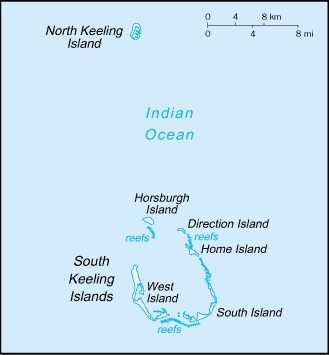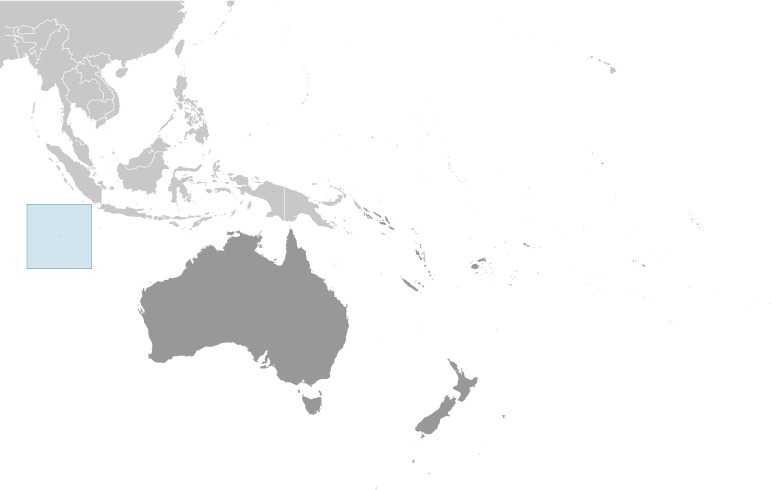Introduction
Tip
Visit the Definitions and Notes page to view a description of each topic.
Geography
People and Society
Population
comparison rankings: total 236; male 234; female 234
Median age
comparison ranking: total 65
Death rate
comparison ranking: 60


